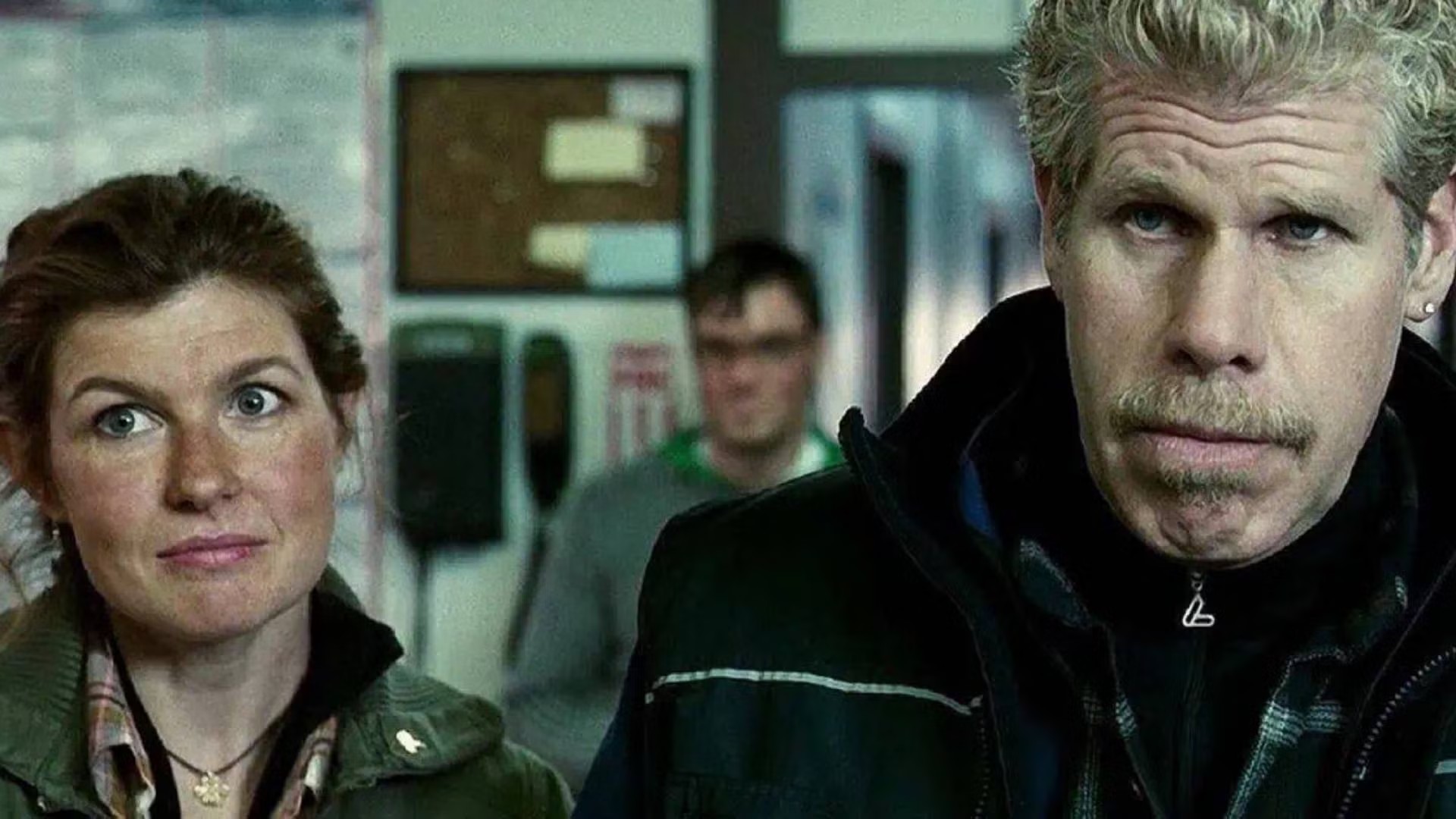The Last Winter (2006)

The Last Winter is a 2006 American horror film directed by Larry Fessenden. The film blends elements of psychological horror with environmental themes, creating a chilling and thought-provoking narrative. It was first premiered at the 2006 Toronto International Film Festival, as part of the Contemporary World Cinema program, on September 11, 2006. The Last Winter explores the haunting consequences of environmental destruction in the Arctic wilderness, making it both a horror film and a social commentary on climate change.
Set in a remote area of the Arctic, the film follows a team of scientists and environmentalists who are working on an oil drilling project. As they explore the region, strange and unsettling occurrences begin to unfold. The team’s progress is disrupted by increasingly bizarre phenomena, and tensions start to rise among the group. As the supernatural elements intensify, it becomes clear that their presence in this fragile environment is having disturbing consequences. The isolation of the Arctic adds to the oppressive atmosphere, making the situation even more frightening.
The film features a strong cast, including Ron Perlman, James Le Gros, and Connie Britton. Perlman plays the role of a seasoned environmental expert, while Britton portrays a concerned member of the team who begins to question the ethical implications of the project. The performances are convincing, as the actors effectively convey the growing sense of dread and paranoia that permeates the film. The characters’ emotional struggles add depth to the horror, making it not just a fight for survival but also a moral and philosophical exploration.

The Last Winter stands out for its ability to combine supernatural horror with pressing real-world concerns about environmental destruction. The film uses the Arctic setting as a metaphor for the planet’s vulnerability to human exploitation. The supernatural forces that haunt the characters are presented as a manifestation of nature’s retaliation against the exploitation of the environment. This theme is central to the film, as it suggests that the horrors the characters face are a direct consequence of their disregard for nature’s delicate balance.

Larry Fessenden’s direction is a key factor in the film’s success. He builds tension slowly and effectively, creating a haunting atmosphere through the use of visuals and sound. The film’s pacing allows the terror to escalate gradually, keeping the audience on edge. The remote, icy landscape adds to the sense of isolation and helplessness, and the film’s slow burn makes the eventual supernatural horrors even more intense. The chilling imagery and eerie soundtrack further enhance the unsettling mood of the film.

In conclusion, The Last Winter is a unique horror film that blends environmental concerns with supernatural terror. It explores the consequences of human interference in nature and uses the Arctic setting to reflect the vulnerability of the planet. The film is both a chilling horror experience and a cautionary tale, urging viewers to consider the impact of their actions on the environment. With strong performances, a haunting atmosphere, and a thought-provoking message, The Last Winter remains an impactful film in the genre of horror with a deeper ecological theme.










